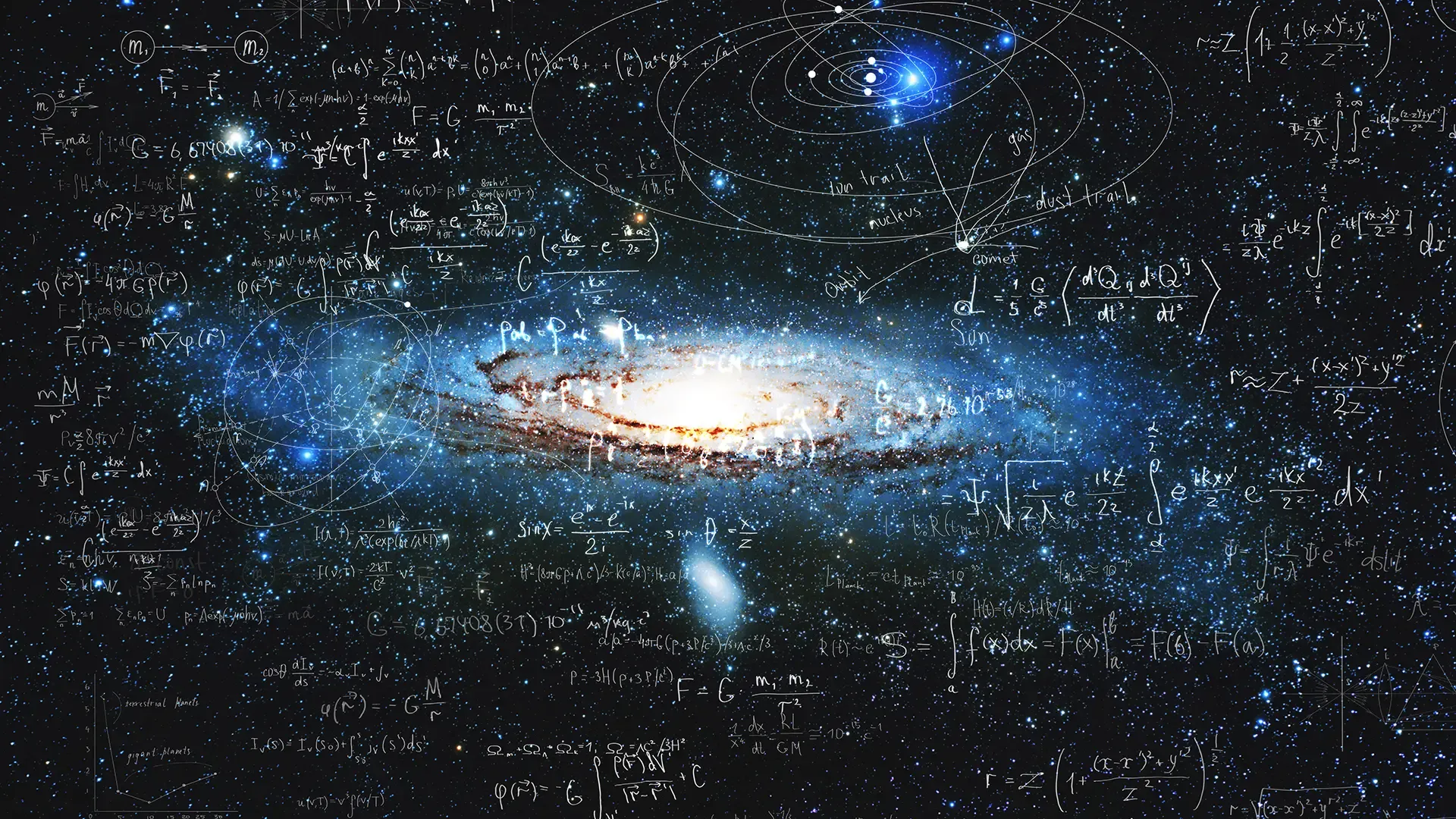The Seven Spirits of Revelation

“John to the seven churches which are in Asia: Grace be unto you, and peace, from him which is, and which was, and which is to come; and from the seven Spirits which are before his throne” (Rev. 1:4). What is the identity of these seven Spirits before God’s throne?
The answer to this question is crucial because it informs the understanding of God’s Word, His world and His very nature. Properly understanding God’s Word is one of the most important endeavors of this life. Misunderstanding God’s Word can have dire, if not eternal, consequences. Does this refer to the Holy Spirit or other spirit beings?
In his commentary on Revelation, Dr. Paige Patterson summarizes five major views put forth by commentators.
• Angels – Could it refer to the seven prominent angels noted in Jewish apocalyptic literature, such as the book of Enoch?
• Spiritual Entities – Could it refer to seven ancient spirit beings from Babylonian astrological influences?
• A Later Addition – Could the seven Spirits be an addition to the Scripture that the original author did not include in his original version?
• The Holy Spirit – Could it refer to the Holy Spirit based on Isaiah 11:2-3?
• The Holy Spirit – Could it refer to the Holy Spirit based on Zechariah 4?
Which View is Correct?
There is no evidence to back up the Later Addition theory. As a result, very few people hold to this theory. It is a lazy accusation that ignores the serious study of God’s Word. But what about the other four theories?
Just as the three most important rules in real estate are location, location, location, three of the most important rules in Bible study are context, context, context. Start with the verses surrounding the verse in question then zoom out from there to the chapter, then to the book as a whole, then to other books of the Bible penned by the same author, then to the Bible as a whole. This process can guide us as we seek to answer this important question.
The immediate context of the seven Spirits mentioned in Revelation 1:4 is the paragraph of Revelation 1:4-6. John greets his readers with grace and peace. He does not tell them to discover grace and peace within themselves; rather he uses the word “from” three consecutive times to identify their source.
The first Being that grace and peace come from is, “from him which is, and which was, and which is to come” (Rev. 1:4). Some Bible scholars see this as a hint to the divine name of God as first revealed to Moses at the burning bush (Ex. 3:14). It is a clear reference to Almighty God, the Father.
The third Being that grace and peace come from is Jesus Christ (Rev. 1:5). Thus, if the seven Spirits mentioned between the Father and the Son do not refer to the Holy Spirit, then He is the only member of the Trinity left out of this divine greeting. That would be highly unusual, but not impossible, so the interpreter needs to take the next step.
How Does John Use This Phrase?
When zooming out, start with the particular book being studied. Does John mention seven Spirits elsewhere in Revelation? Yes, he uses this phrase in Revelation 3:1; 4:5; and 5:6. Space does not permit a deep dive into each of these verses, although each one is certainly worthy of deep study. Let’s consider one of these verses together:
“And I beheld, and, lo, in the midst of the throne and of the four beasts, and in the midst of the elders, stood a Lamb as it had been slain, having seven horns and seven eyes, which are the seven Spirits of God sent forth into all the earth” (Rev. 5:6).
This verse identifies the seven Spirits of God as the seven horns and eyes of the Lamb. Notice the difference drawn between the four beasts, the elders and the seven Spirits. These are not the same Being. The Lamb refers to Jesus, as the fuller context of Revelation 5:4-10 makes clear. Revelation 5:10 and 1:6 are very similar; a clue connecting these contexts. Also, notice that Revelation 5:11 specifically mentions angels, beasts and elders before God’s throne—another clue that these beings are different from the seven Spirits of God mentioned in verse 6.
Now the interpreter understands that John differentiates between angels and the seven Spirits. The word “angel” is a keyword in Revelation, occurring some 75 times in the book. John could have easily identified the seven Spirits as angels if he desired. These clues help the interpreter realize that any biblical argument identifying the seven spirits as the seven angels of Jewish apocalyptic literature is shaky at best. Cross another option off the list.
While there are three options still on the table, it is important to note that John always mentions the seven Spirits with a positive connection to Almighty God and His ministry. The ancient Babylonian deities are associated with entities that oppose God and His ministry, such as Baal and Ashtaroth in the Old Testament.
How likely is it that these ancient entities would be the seven eyes of Jesus, “sent forth into all the earth” (Rev. 5:6)? Would John greet the seven churches in Asia Minor with grace and peace from the Father, the Son and these seven evil spirit entities (Rev. 1:4-6)? Hardly!
Thus, the Babylonian theory is incompatible with the context of John’s use of this phrase in Revelation, and based on the contextual clues it seems best to interpret the seven Spirits as a reference to the Holy Spirit.
How Is This Phrase Used in the Bible?
Armed with this understanding, the interpreter can ask another important question. Do other passages support this view? Now the interpreter can zoom out to the broadest context and gain insight into what other biblical authors wrote.
Isaiah 11:1-3 reveals the Messiah will come from the house of David, “And the spirit of the LORD shall rest upon him, the spirit of wisdom and understanding, the spirit of counsel and might, the spirit of knowledge and of the fear of the LORD” (verse 2).
While this is a beautiful prophetic passage, it does not mention the seven eyes or Spirits. The six Spirits mentioned in this verse describe what it looks like when the spirit of the LORD rests upon the Messiah. People will recognize the Messiah because He will have these six characteristics that surpass human abilities. That sounds like Jesus, doesn’t it? Yes, He is the Messiah! But it seems to be a stretch to link this verse with the seven Spirits of Revelation.
What about Zechariah? He mentions the seven eyes of the LORD in chapters 3:9 and 4:10. Zechariah 4 speaks about the ministry of the Holy Spirit and culminates with: “Not by might, nor by power, but by my spirit, saith the LORD of hosts” (Zech. 4:6b). Briefly stated, Zechariah reveals the seven eyes are a reference to the Holy Spirit, which lines up with the context of Revelation.
Dr. Paige Patterson sums it up well: “The revelator [John] is thoroughly familiar with the Old Testament and uses this verse [Zech. 4:6] as the ideal identification for the Holy Spirit. Zechariah has provided the author of the Apocalypse with the perfect picture of the ministry of the Holy Spirit to the seven congregations to whom the prophecy is addressed. While there is but one Holy Spirit, he does not invest himself incrementally in the churches but is always available simultaneously, in his fullness, to all seven congregations.”
The Holy Spirit is ministering to each believer in all His fullness today! Praise Almighty God for His glorious Truth!
Download November 2024 Prophetic Observer
[Don’t miss Josh’s Moment of Prophecy video titled “Who Are the Seven Spirits of Revelation?” at swrc.com/watch.]




Leave a Reply